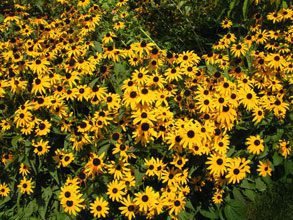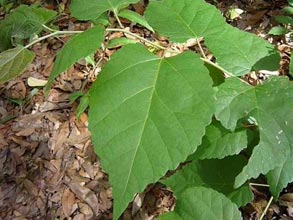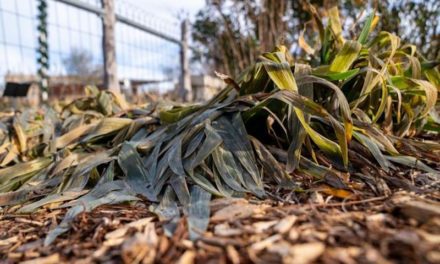 How about trying lawn substitutes? Flower/shrub beds, groundcovers mulch, paving, or trees. So many good plants and so little time! Always use the right plant in the right place.
How about trying lawn substitutes? Flower/shrub beds, groundcovers mulch, paving, or trees. So many good plants and so little time! Always use the right plant in the right place.
Location
No matter where, how much, or when you garden, there are some good plants for the Lowcountry. Don’t limit yourself to lawn. This expansive monoculture offers very little in diversity or ecological services and can be expensive to install and maintain. Here are some ways to add interest and opportunities in your landscape. Start by making a site plan or map. This plan includes property lines, buildings, existing trees, hardscape, decks, and utilities (overhead and underground). Always call 811 before you dig. Marking utilities is a free service; allow 2-3 days before starting a project. If you have an existing sprinkler system you should locate timer, valves, lines and heads and mark them on the plan. Observe and mark sun location, shade patterns, wind direction and indicate slope or drainage flow.
Soil
A soil test will give values for pH and fertility if plants are going to be grown in the ground; if a raised bed or lasagna garden is preferred then you can purchase compost and other amendments. In spots where drainage is poor or rainwater flows in a way that doesn’t work with your landscape you might want to create a rain garden, swales or berms to control flow. Soil that is excavated from the rain garden can be used for swales or berms.
Light/ Mulch
Sun and shade are very important considerations in choosing plants. While most flowering plants need 4-6 hours of sunlight, there are plants that give interest, color, and diversity in deep shade as well. If shade is the result of large trees mulch and containers would be feasible to enhance the ecological service provided by the trees: cooling, cover and habitat for wildlife, erosion control, and don’t forget oxygen!! Attractive container plantings, benches, swings and other outdoor art elements can be utilized to give visual appeal. Hardscaping, mulch, decks and paths incorporated in the design, and they help to unify and complement plantings.
Tools and supplies
Determine the level of maintenance that you are willing to spend or will spend if someone else is paid for the landscaping. Do you need to buy tools? Choosing the plant that has the form and the mature size and height that are needed for the scale of the house and property are the most important considerations after light, water, soil and air. There are plenty of shrubs and trees that are compact, spreading, or low growing. Where privacy is desired, there are plants that do an excellent job of screening and vertical interest. Pruning and maintenance doesn’t have to be a constant chore. Neither does cutting the grass.
Plants
There are many excellent lists of native and non-invasive landscape plants to choose from; here are a couple of links. Consider using native species.
http://www.clemson.edu/extension/natural_resources/water/carolina_yards/
http://www.clemson.edu/public/carolinaclear/








